Recently, my favorite pair of black jeans split, right in the middle of the seat. This was the second hole I've had to repair, so I took it as the sad sign that they were ready for retirement...
...Or were they!? One of the best uses for old, patched up jeans(besides being worn as old, patched up jeans) is that you can feel less guilty about crafting with them. If you mess up, oh well, they were great while they lasted. If not... sweet!
So I bought some fabric paint and patched up these bad boys in preparation to make some fine striped pants(to wear to the goth club later that night). Keep reading for the tutorial...
...Or were they!? One of the best uses for old, patched up jeans(besides being worn as old, patched up jeans) is that you can feel less guilty about crafting with them. If you mess up, oh well, they were great while they lasted. If not... sweet!
So I bought some fabric paint and patched up these bad boys in preparation to make some fine striped pants(to wear to the goth club later that night). Keep reading for the tutorial...
I've seen pants like these around and have coveted them greatly.
Mostly, I just want to be Tank Girl.
Mostly, I just want to be Tank Girl.
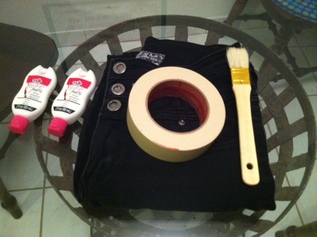
Materials:
Step 1: First lay out your jeans as flat as possible, trying to make sure that the seam on the outside of the legs was facing up. Then place the first strip of tape by following the side seam of the pants. This ensures that the stripes follow the shape of the pants and look good.
- black jeans
- 4oz fabric paint(this covered what I wanted with absolutely none to spare, so buy more if you want to be safe)
- wide regular or foam brush
- masking tape or painters tape of the same width you want your stripes(or any width, but this sure makes it easy)
Step 1: First lay out your jeans as flat as possible, trying to make sure that the seam on the outside of the legs was facing up. Then place the first strip of tape by following the side seam of the pants. This ensures that the stripes follow the shape of the pants and look good.
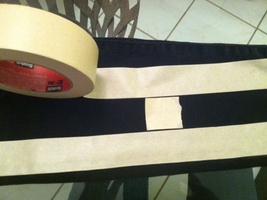
Step 2: Place the next strip of tape the same width away from the first, keeping them perfectly parallel along the leg and tapering together at the top(if your jeans are high waist like mine, which curve in at the top).
Tip: fold a small piece of tape back on itself so you have a little guide to keep the tape strips evenly apart.
Keep working from the outside seam in, so that the stripes are all parallel to the outside seam on the leg. Cut the strips of tape where they encounter the inside seam of the leg and definitely don't worry about them matching up evenly. You can kind of see in the photo below(especially on the left leg) how the strips of tape meet at the inside seam of the pant leg and how I cut them at angles to match the line of the seam.
Tip: fold a small piece of tape back on itself so you have a little guide to keep the tape strips evenly apart.
Keep working from the outside seam in, so that the stripes are all parallel to the outside seam on the leg. Cut the strips of tape where they encounter the inside seam of the leg and definitely don't worry about them matching up evenly. You can kind of see in the photo below(especially on the left leg) how the strips of tape meet at the inside seam of the pant leg and how I cut them at angles to match the line of the seam.
Step 3: Now you're ready to paint! Take a second to run your fingers down each edge of the tape strips to make sure they are sticking to the denim. This will ensure your lines are nice and crisp. Pour out your paint into a dish of some sort and go to town on all of the exposed areas.
Like I said, I only bought barely enough paint for one coat. I am pretty happy with the result, however, as the visible brush strokes give it a cool grungy vibe. If you want your stripes to be nice and solid, apply at least one more coat.
Follow the drying instructions for your paint. Mine said four hours, but I just hung them up in my bathroom overnight.
Like I said, I only bought barely enough paint for one coat. I am pretty happy with the result, however, as the visible brush strokes give it a cool grungy vibe. If you want your stripes to be nice and solid, apply at least one more coat.
Follow the drying instructions for your paint. Mine said four hours, but I just hung them up in my bathroom overnight.
Here's what they looked like the next morning when I had to peek and took half of the tape off as I got ready for work. You can already see where I didn't follow my own advice and the paint crept under the edges of the tape along the creases at the waist.
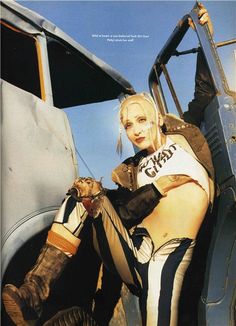
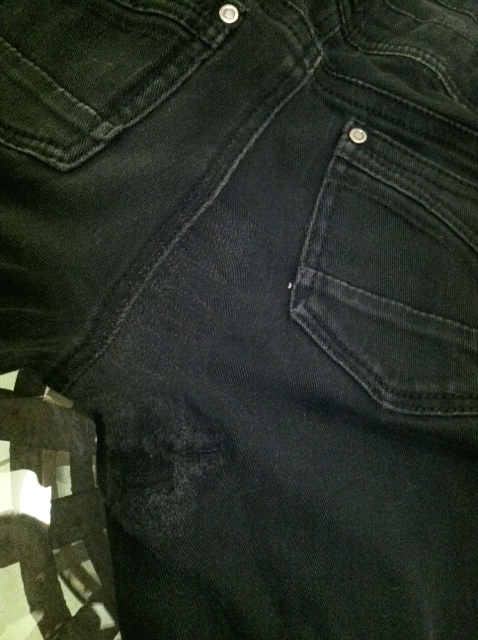
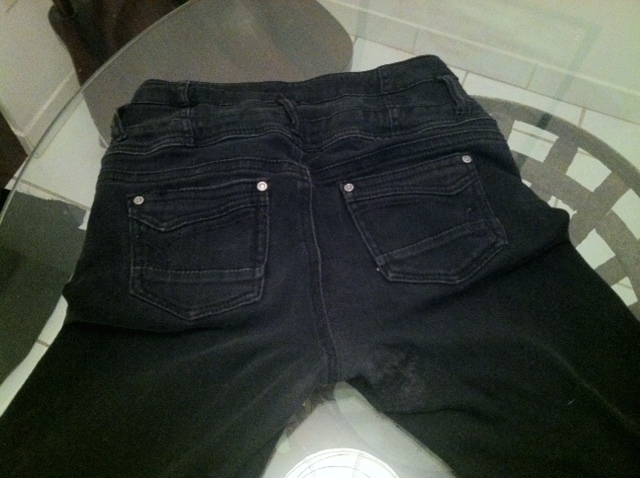
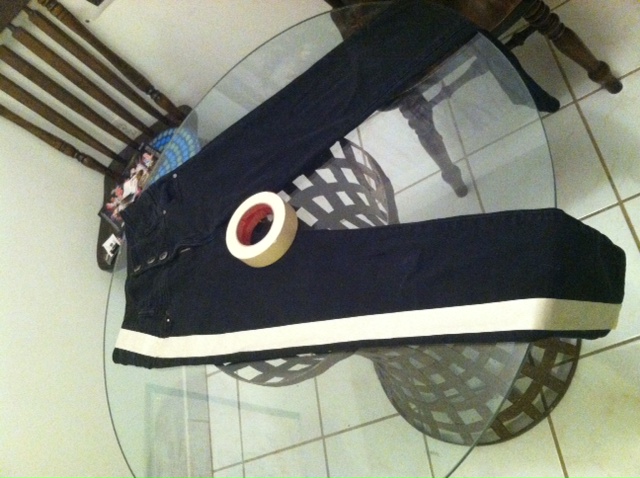
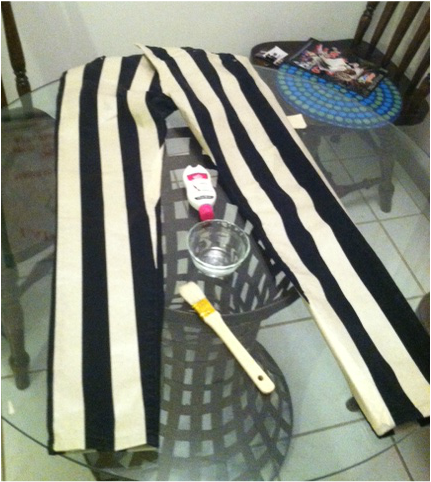

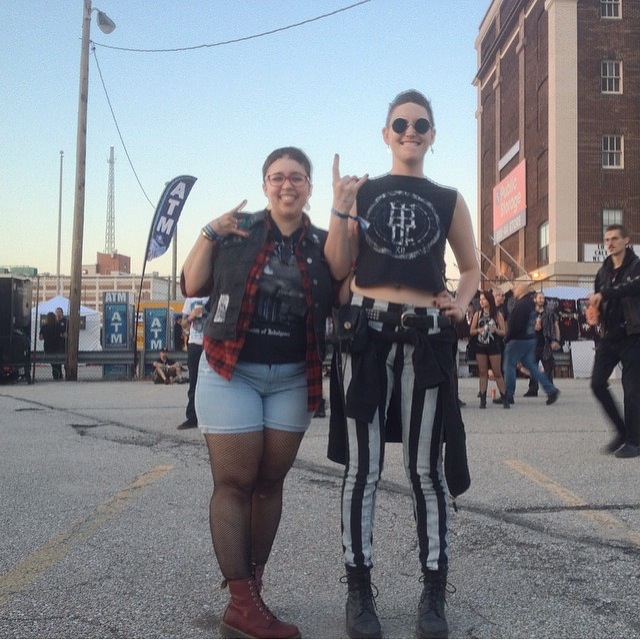
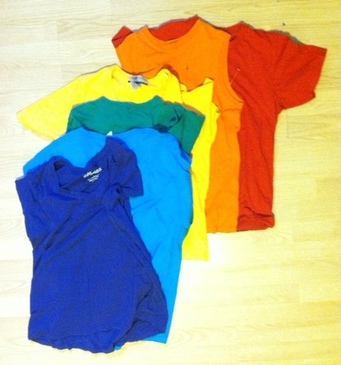
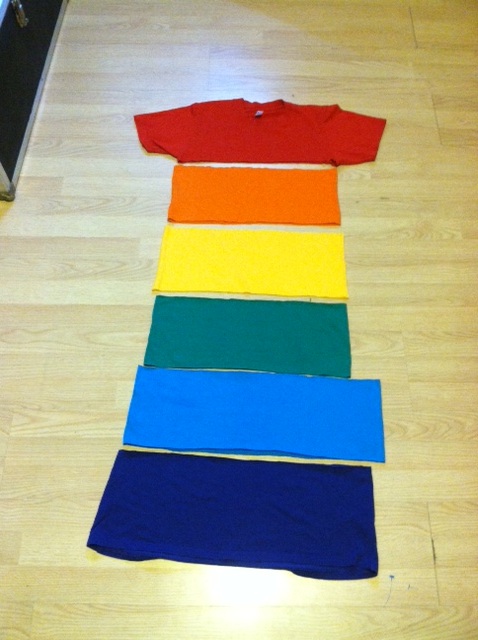

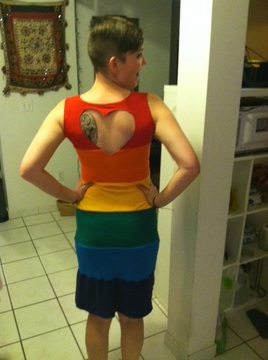
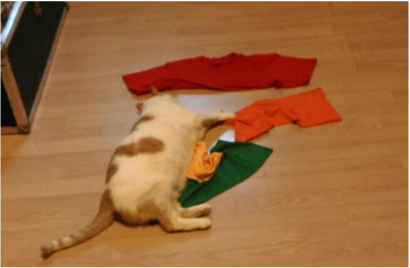
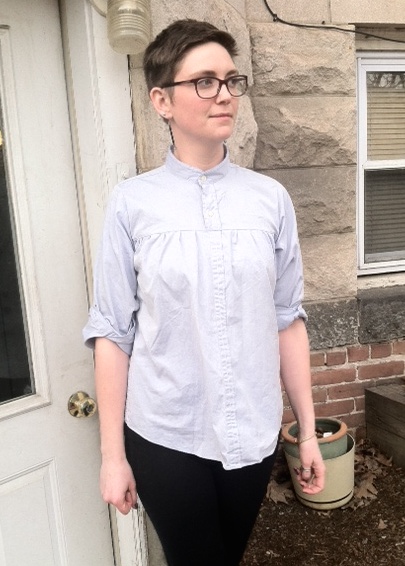
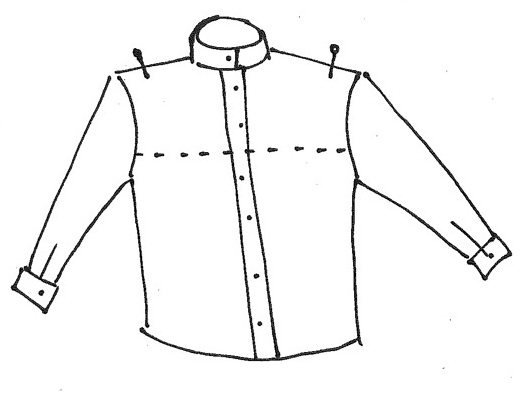
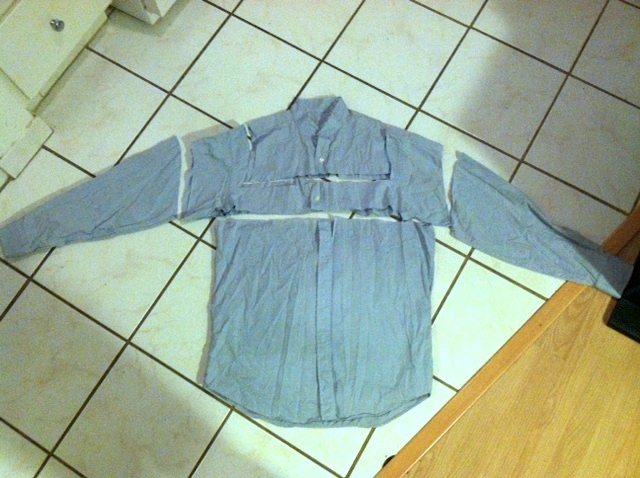
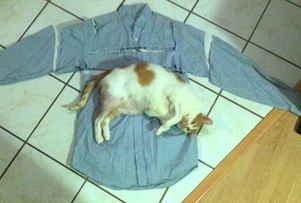
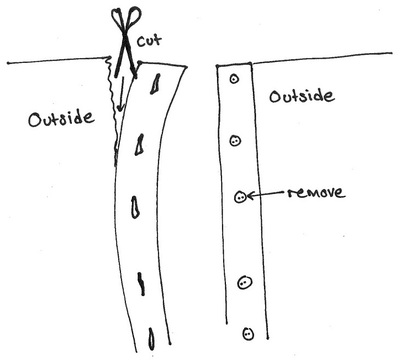
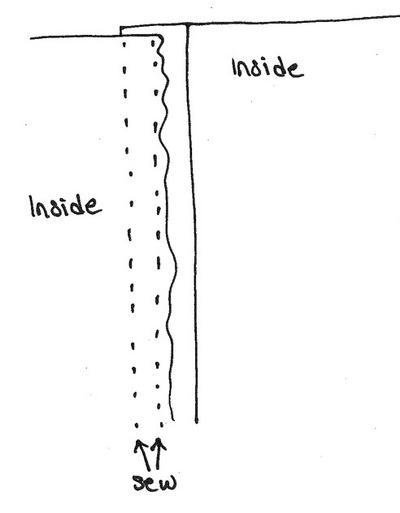
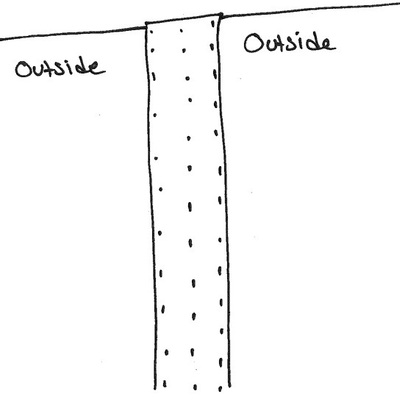

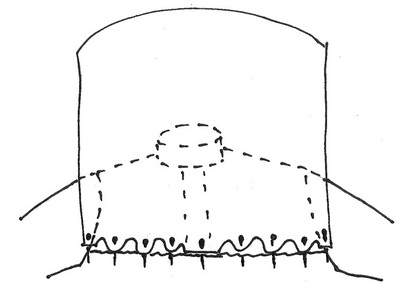
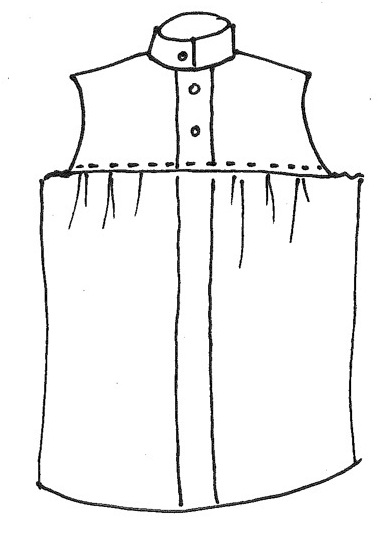
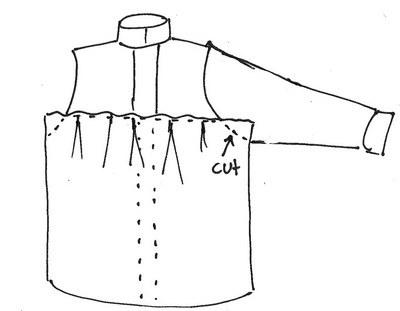
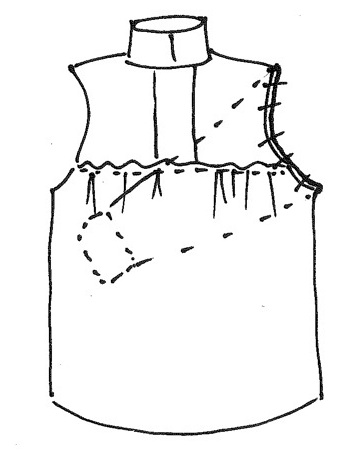
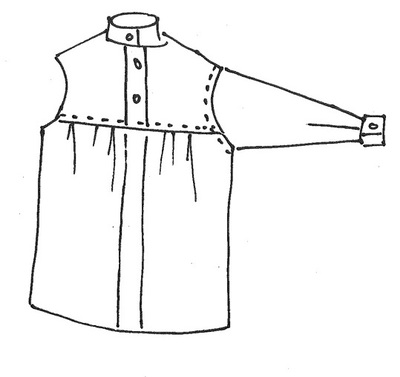
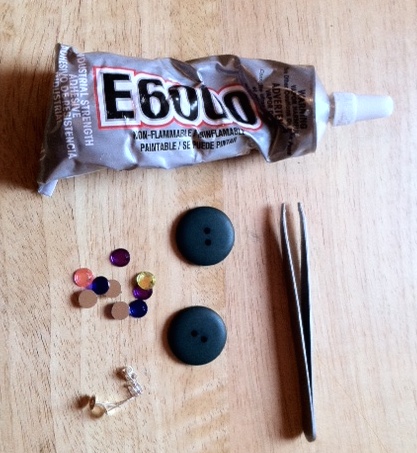
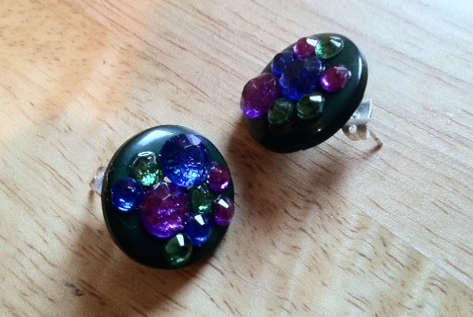
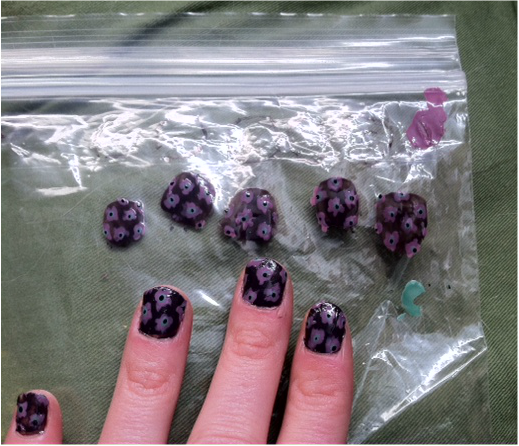
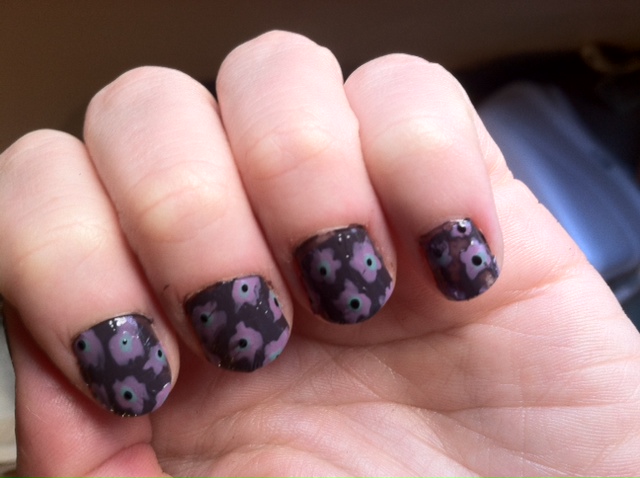
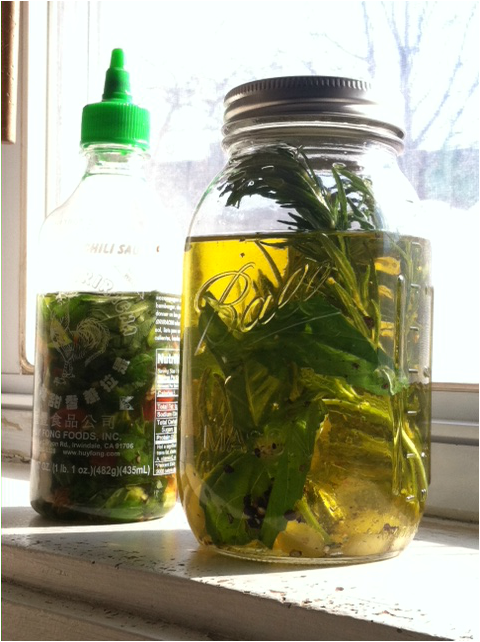
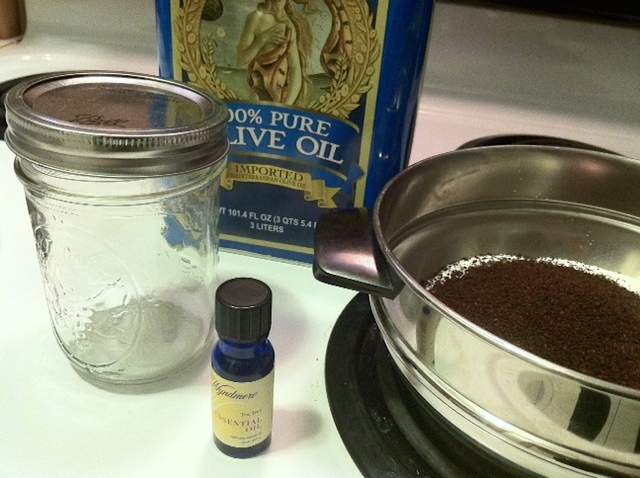
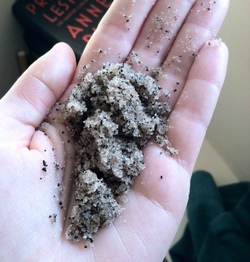
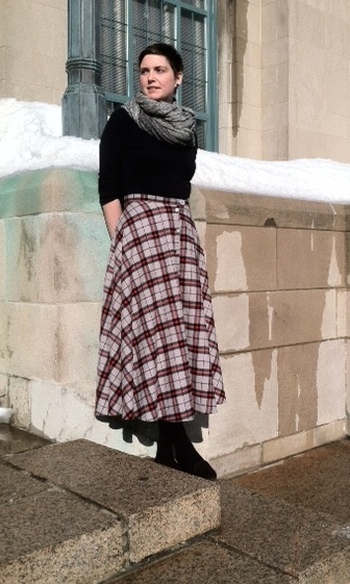
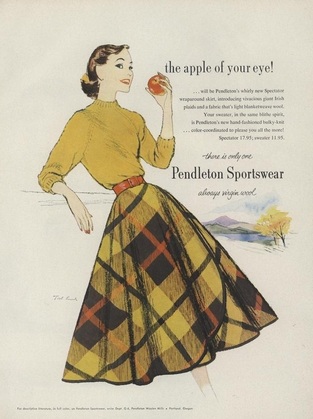
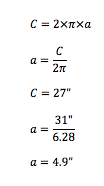
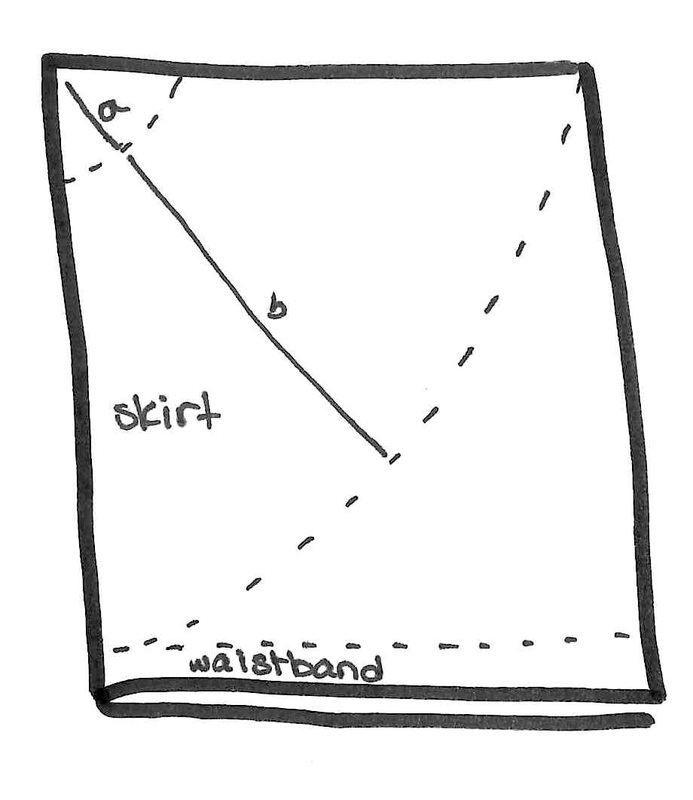
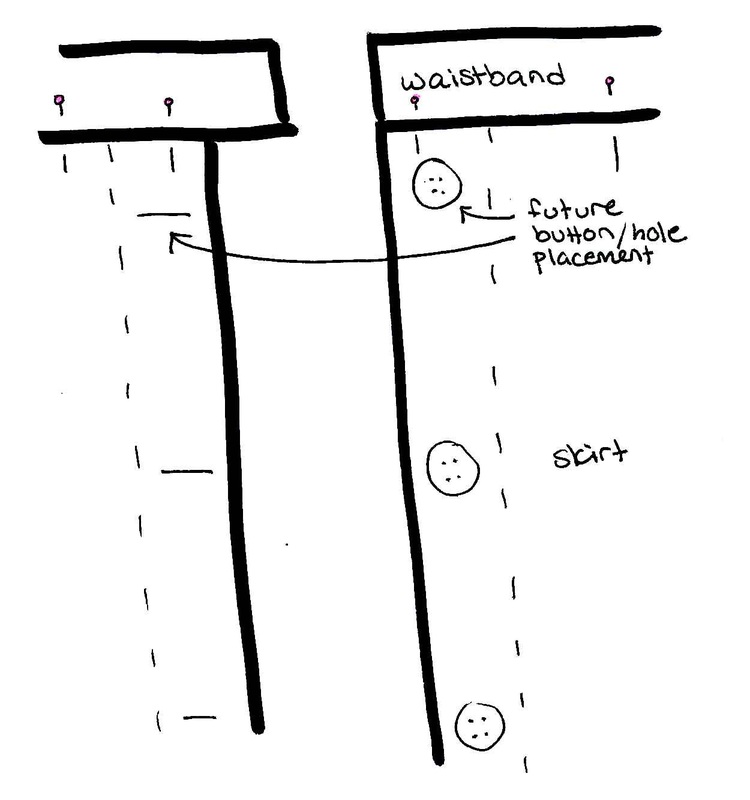
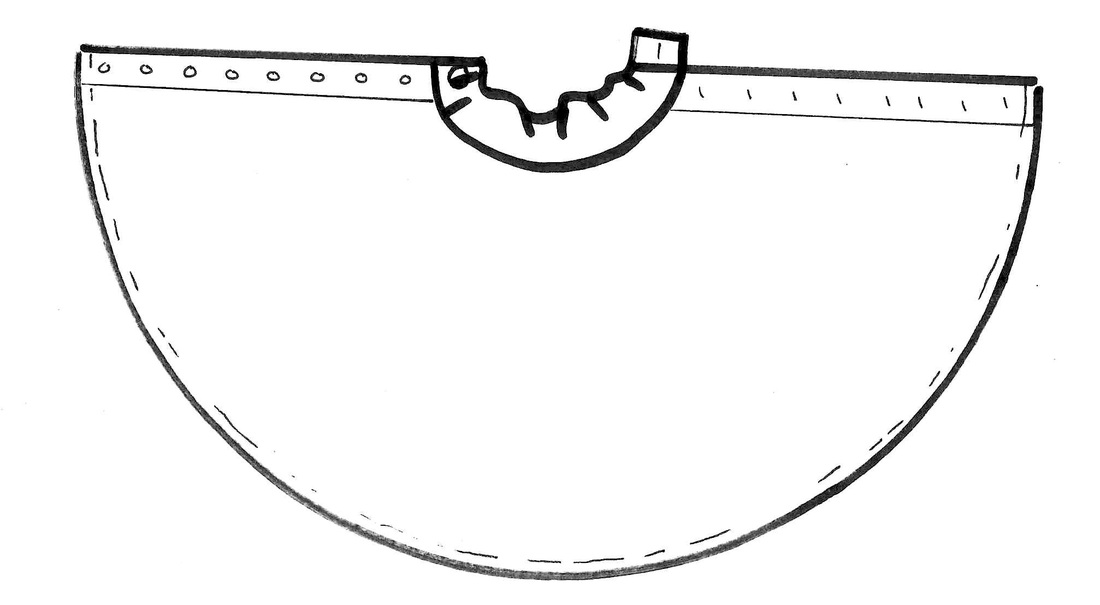
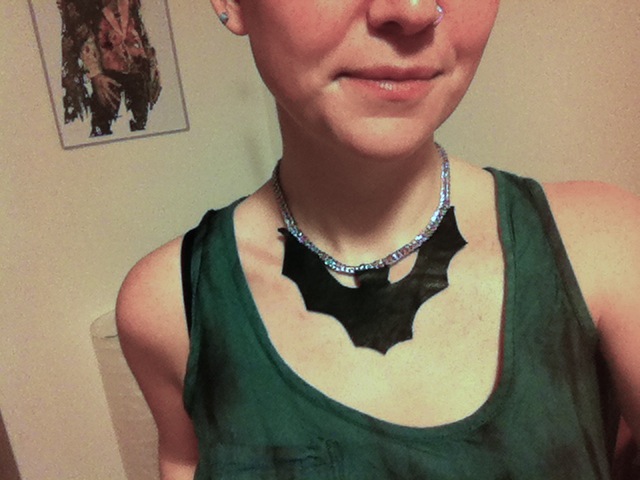
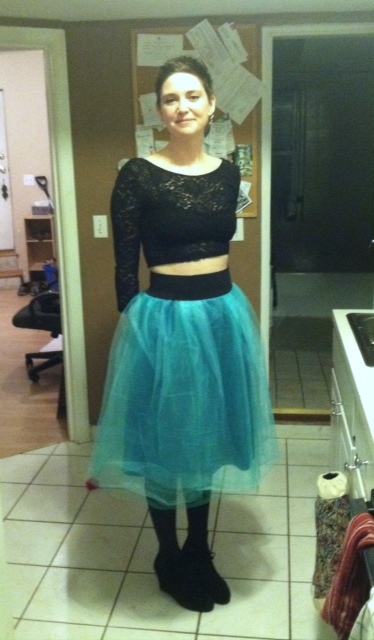
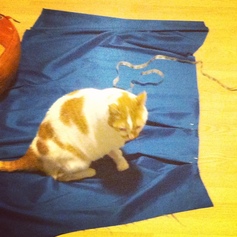
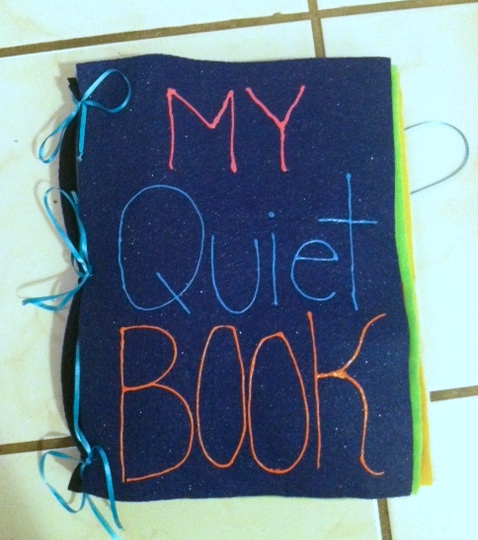
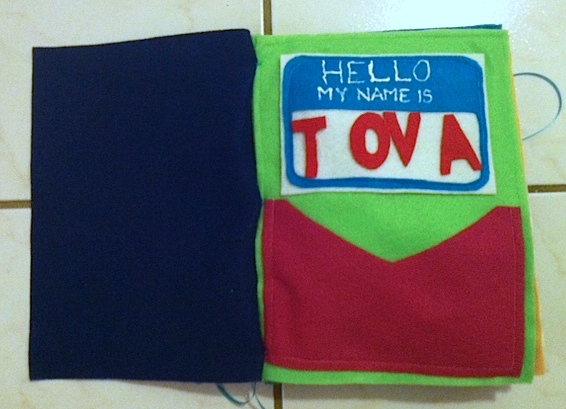
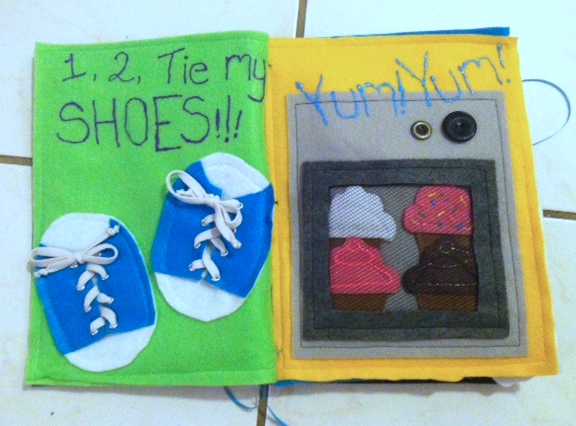
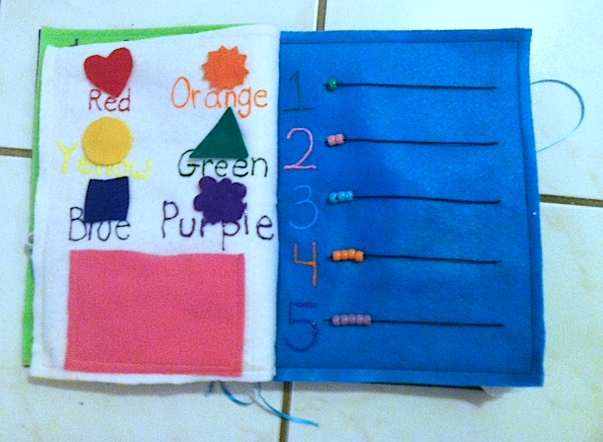
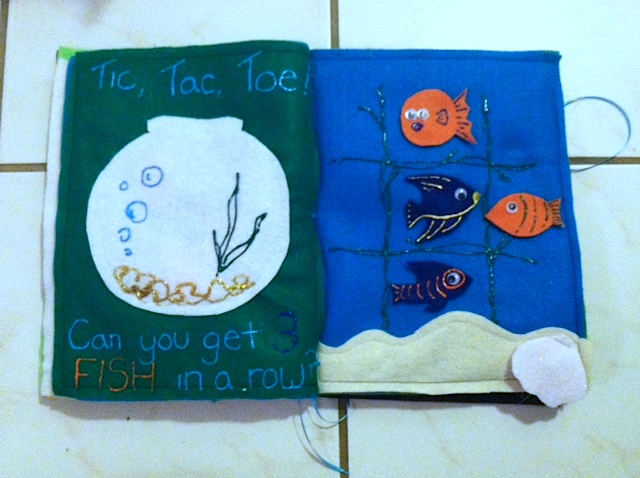
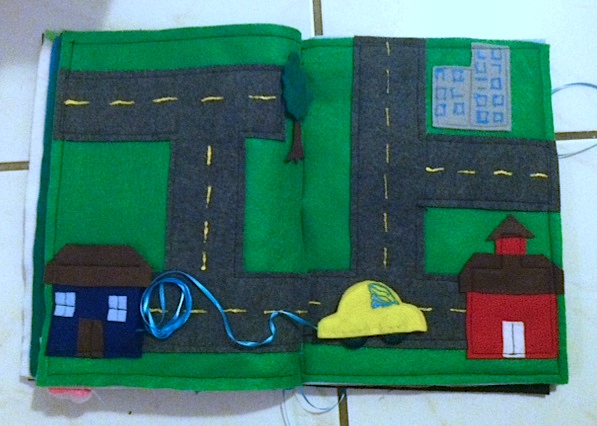
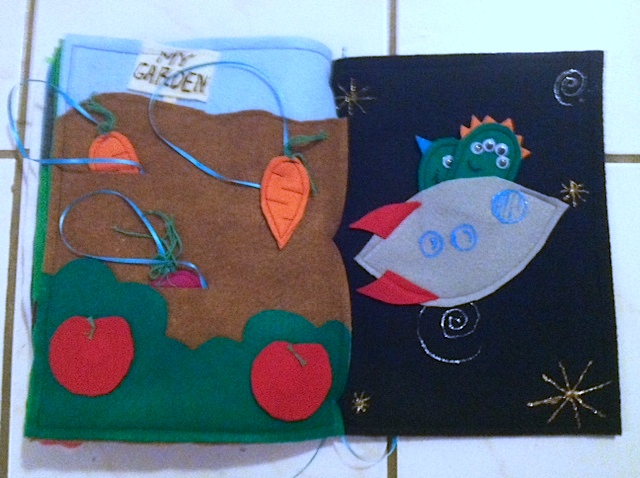
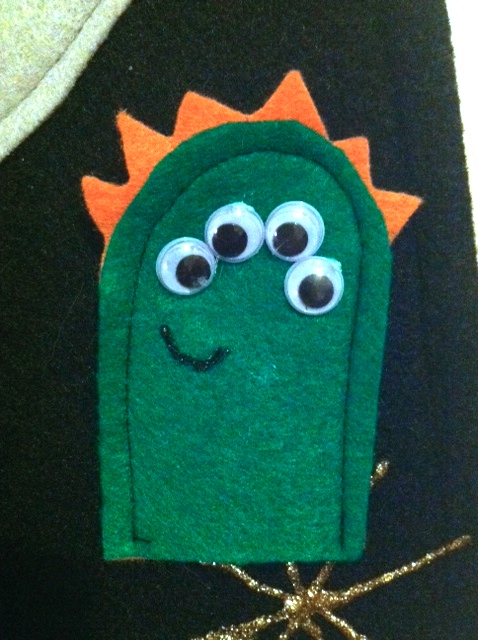
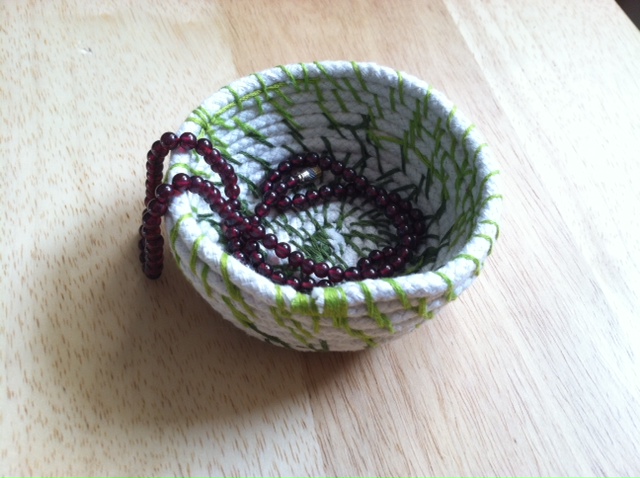
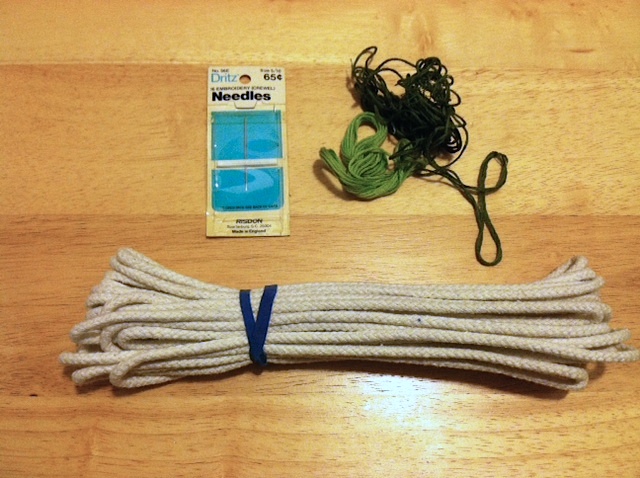
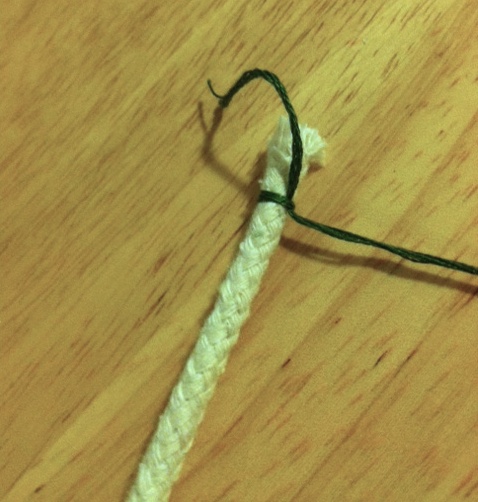
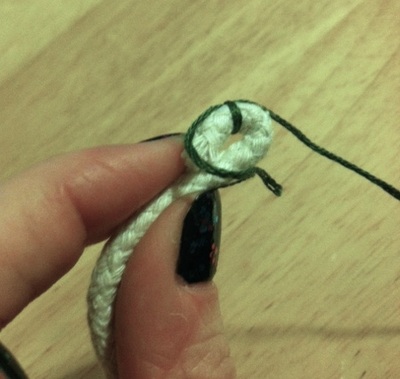
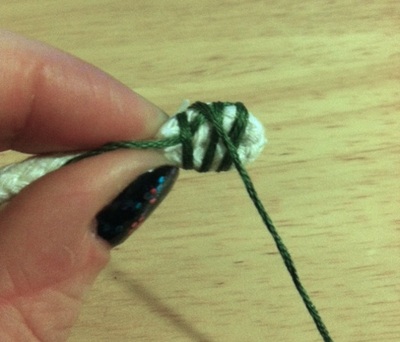
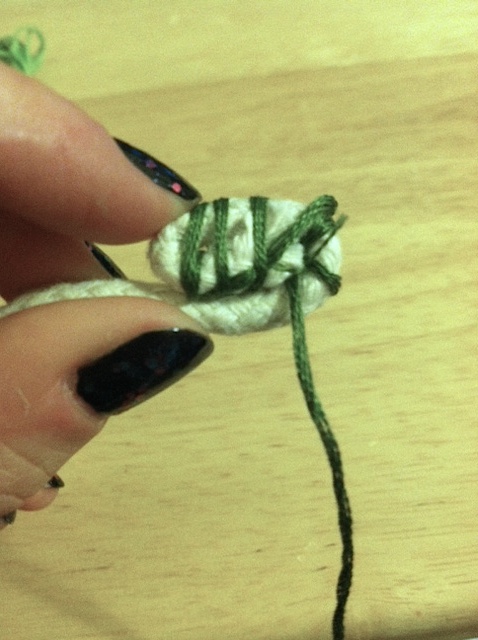
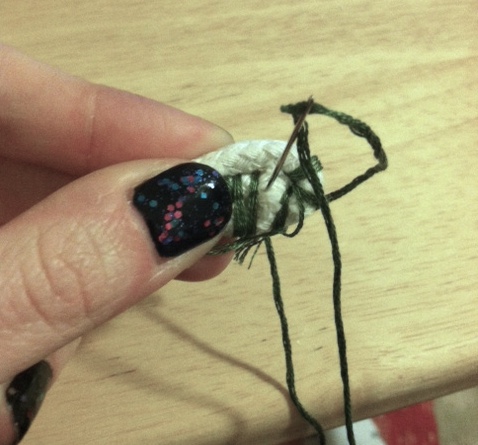
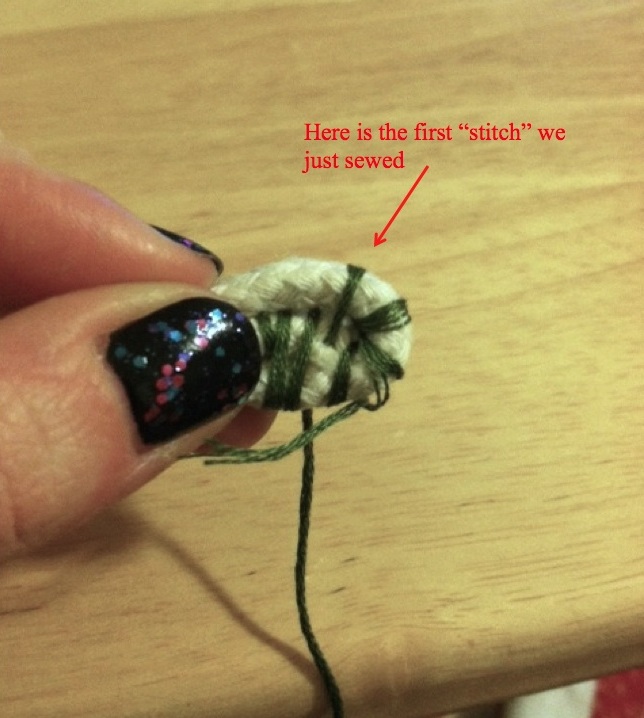
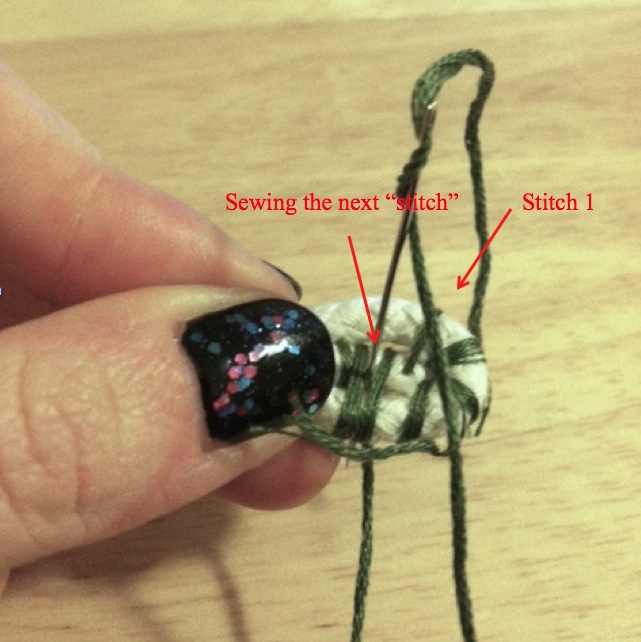
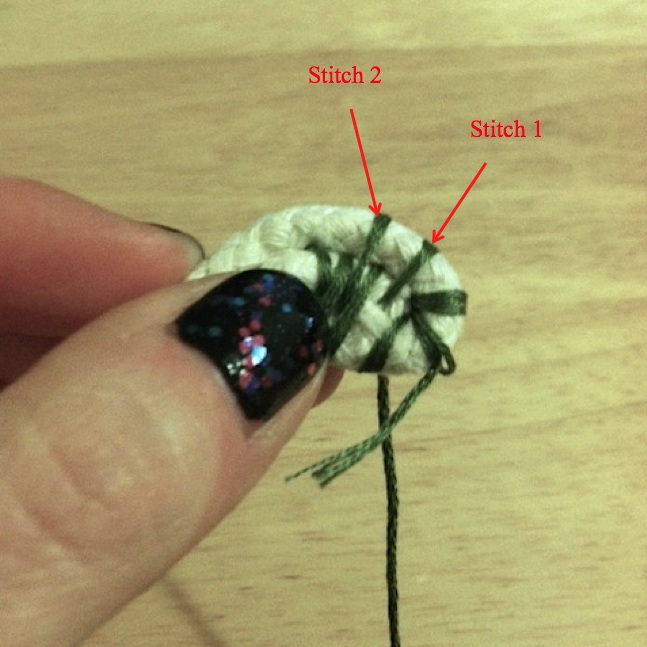
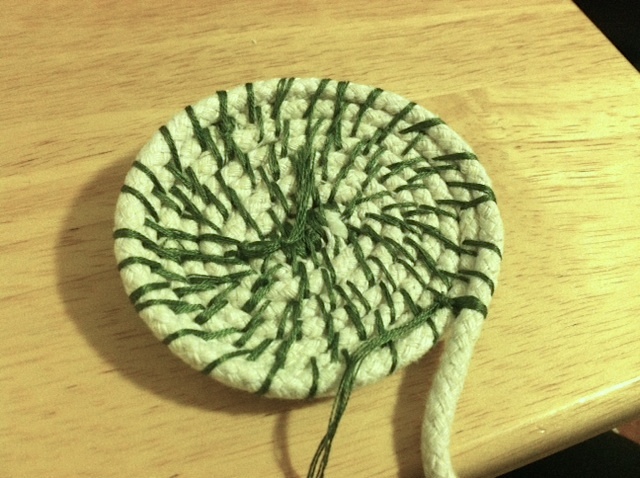
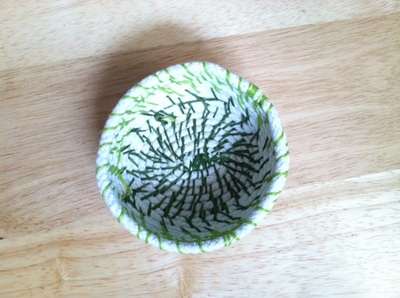
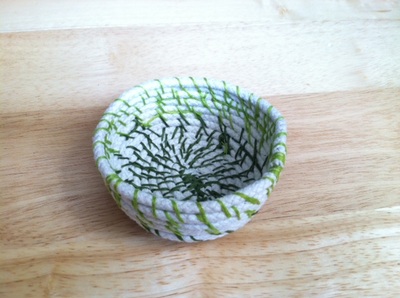
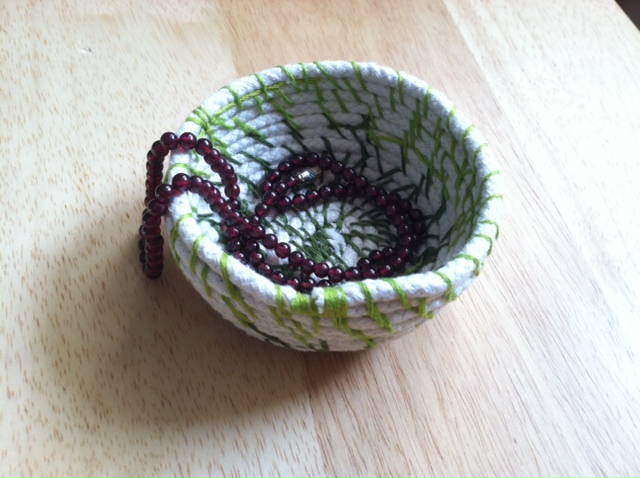

 RSS Feed
RSS Feed